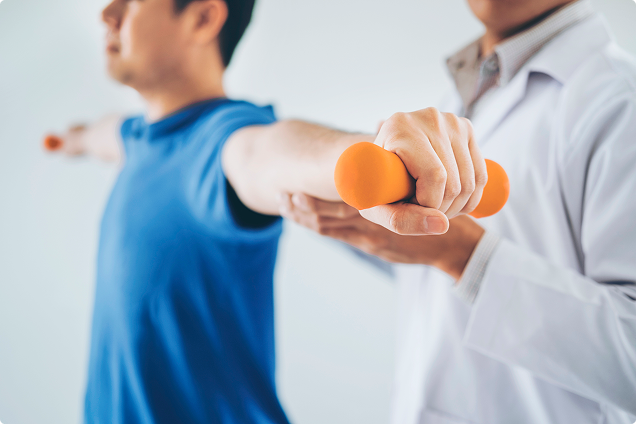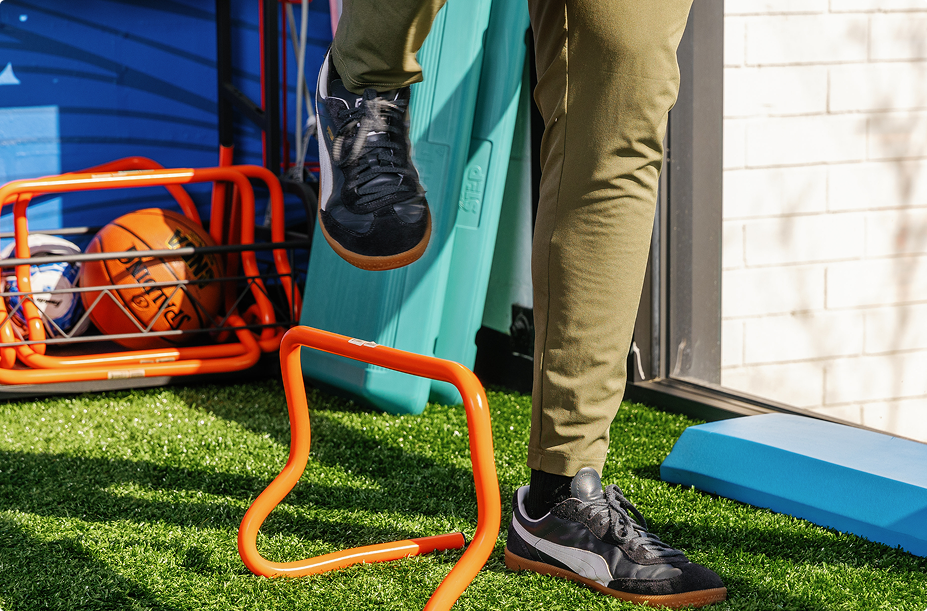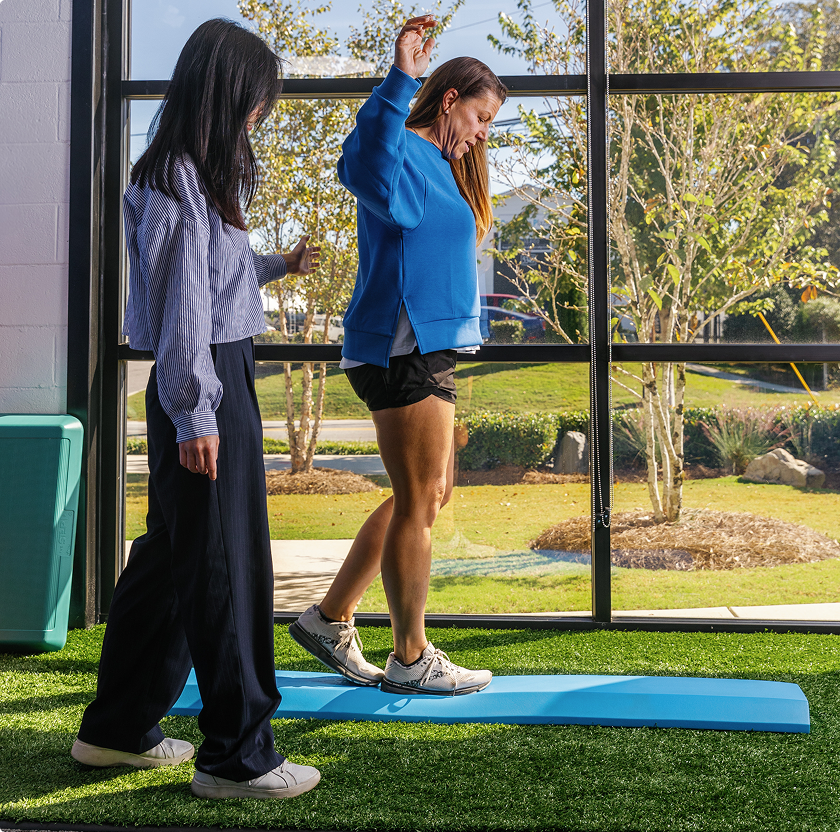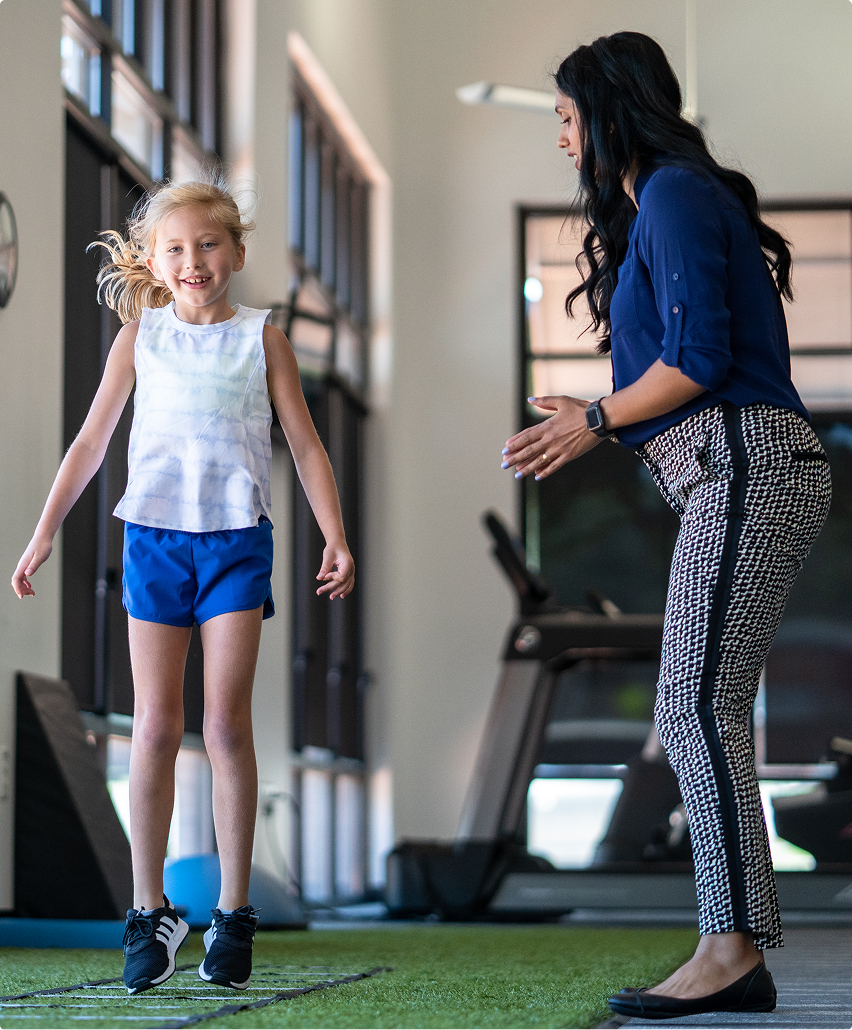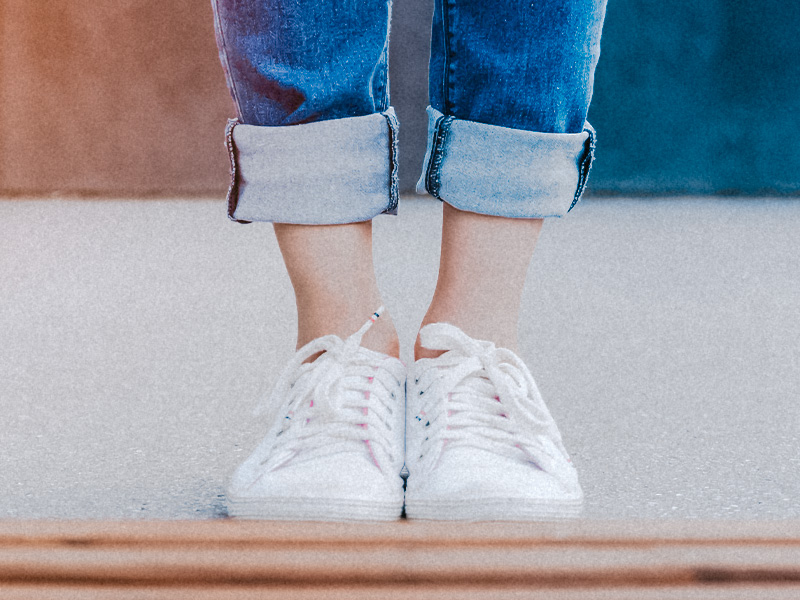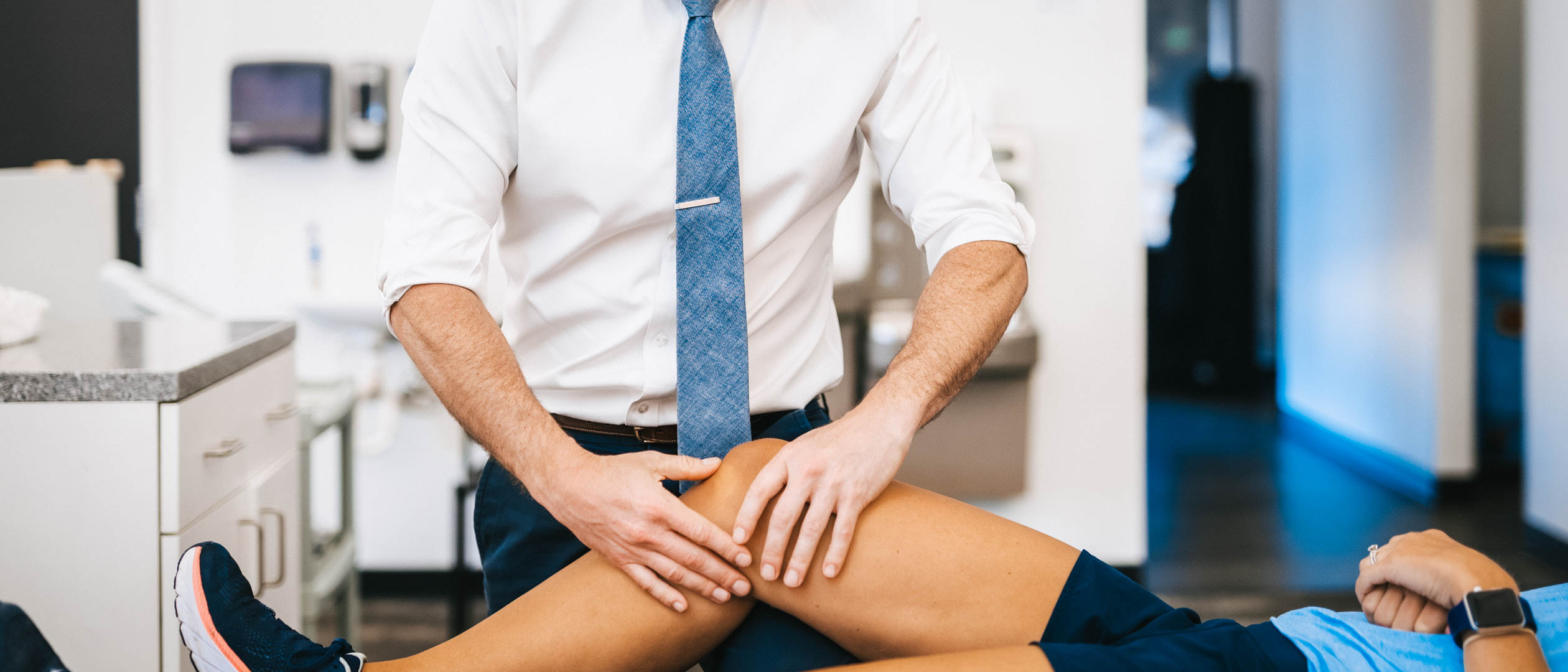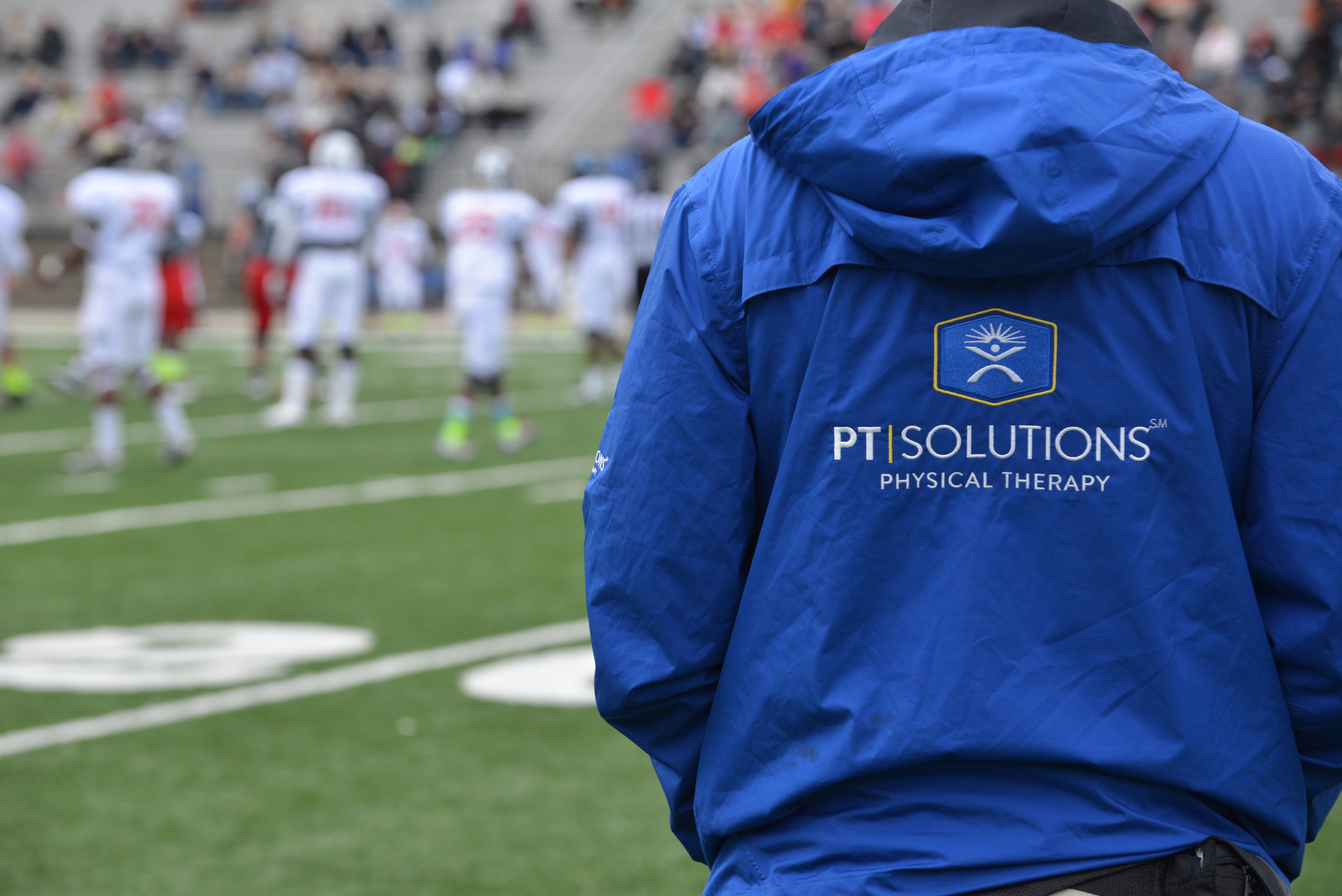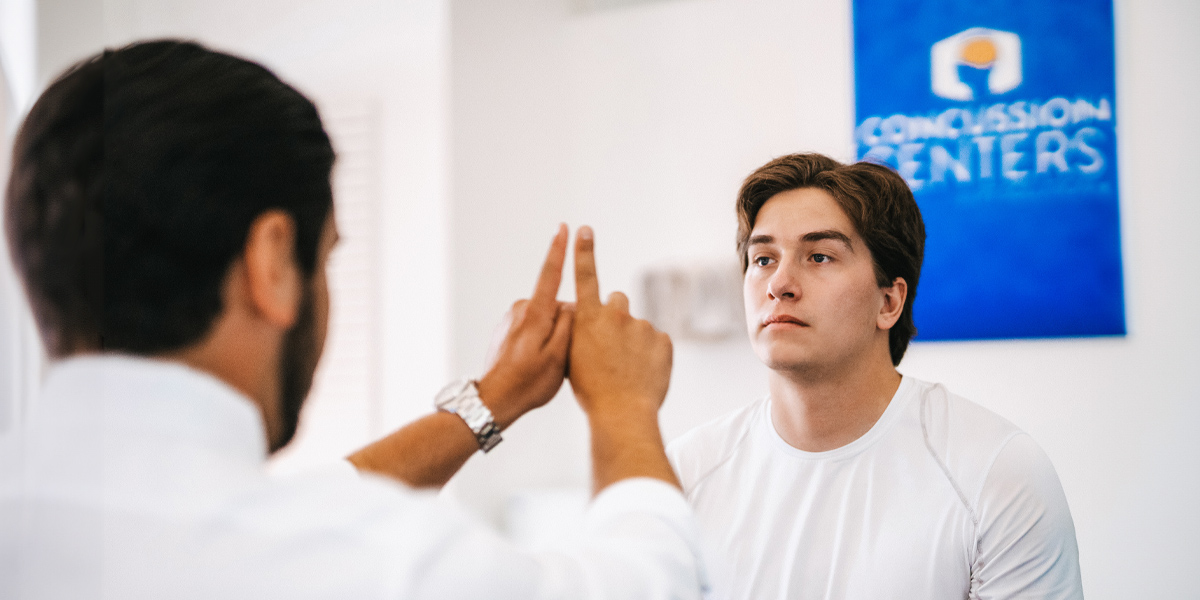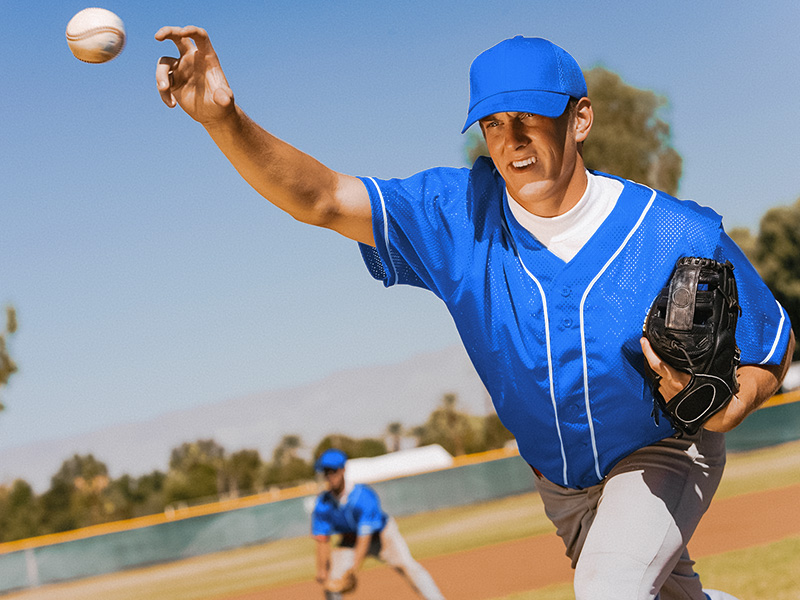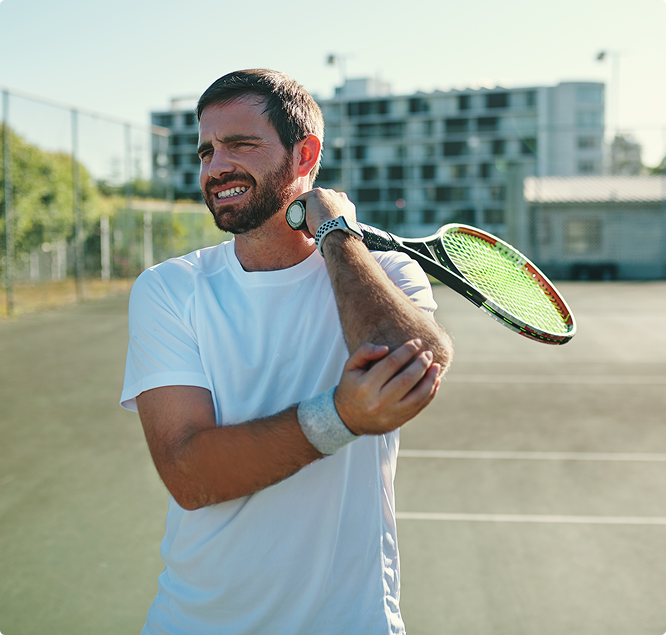
Repetition and Recovery Imbalance
Sports Injury Prevention
Repetition without enough recovery leads to tissue overload. Common issues include runner’s knee, IT band syndrome, shin splints, Achilles tendinopathy, plantar fasciitis, tennis elbow, and stress-fracture risk. Sports injury rehabilitation plans balance training load, technique, strength, and mobility. Footwear and equipment checks also help.
Prevent Pain With These Care Tips:
- Follow gradual load increases. Rotate hard and easy days. Add cross-training during high-volume weeks.
- Strengthen 2 to 3 days per week. Hips and core for knee issues, calves for Achilles, forearm and shoulder for elbow and shoulder pain.
- Check technique and equipment. Running cadence, footwear, grip size, string tension, and bike fit matter.
- Respect early warning signs. Morning stiffness that improves with movement, focal tenderness along a bone, or pain that lingers into the next day means it is time to adjust the load.
